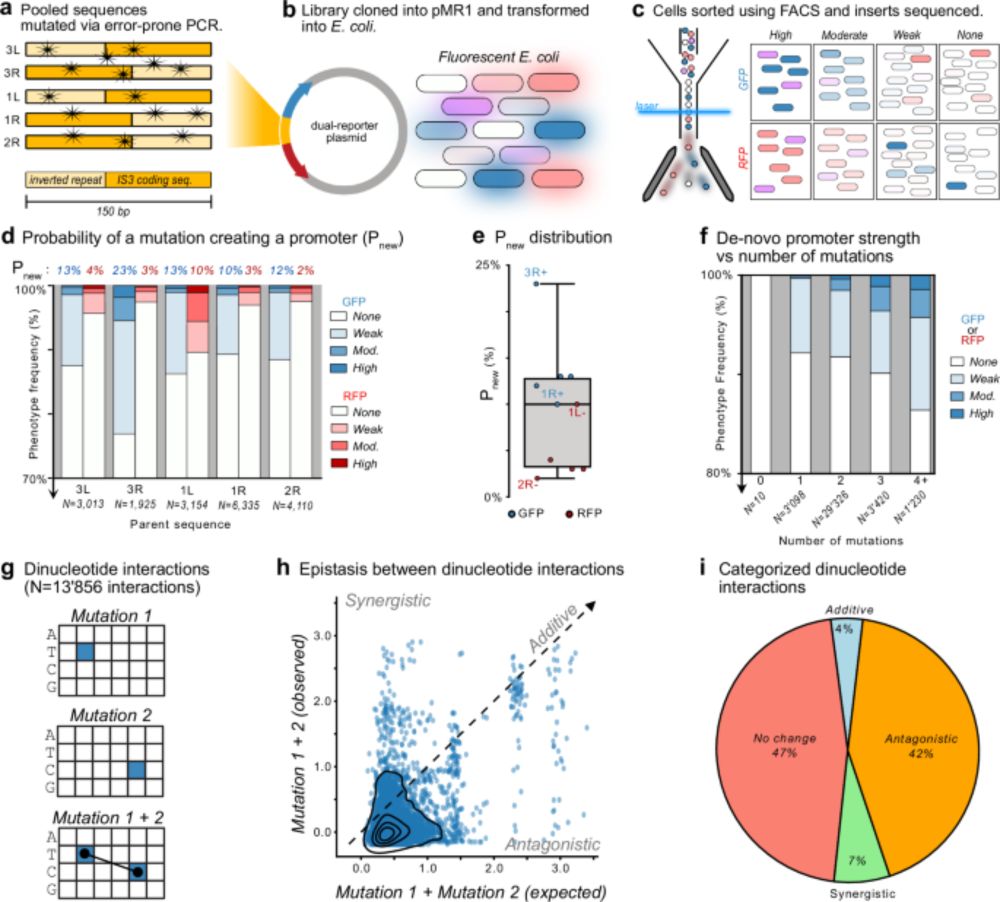Timothy Fuqua 🏳🌈
@timothyfuqua.bsky.social
630 followers
820 following
130 posts
Postdoc in Andreas Wagner's lab. I'm currently obsessing over how new promoters and enhancers emerge de novo. Also dogs 🐶 and triathlon 🏊 🚲 🏃. He/him 🏳🌈.
timothyfuqua.com
Posts
Media
Videos
Starter Packs
Reposted by Timothy Fuqua 🏳🌈
Reposted by Timothy Fuqua 🏳🌈
Reposted by Timothy Fuqua 🏳🌈
Reposted by Timothy Fuqua 🏳🌈
Anshul Kundaje
@anshulkundaje.bsky.social
· Aug 28

Dissecting the cis-regulatory syntax of transcription initiation with deep learning
Despite extensive characterization of mammalian Pol II transcription, the DNA sequence determinants of transcription initiation at a third of human promoters and most enhancers remain poorly understoo...
www.biorxiv.org
Reposted by Timothy Fuqua 🏳🌈
Reposted by Timothy Fuqua 🏳🌈









